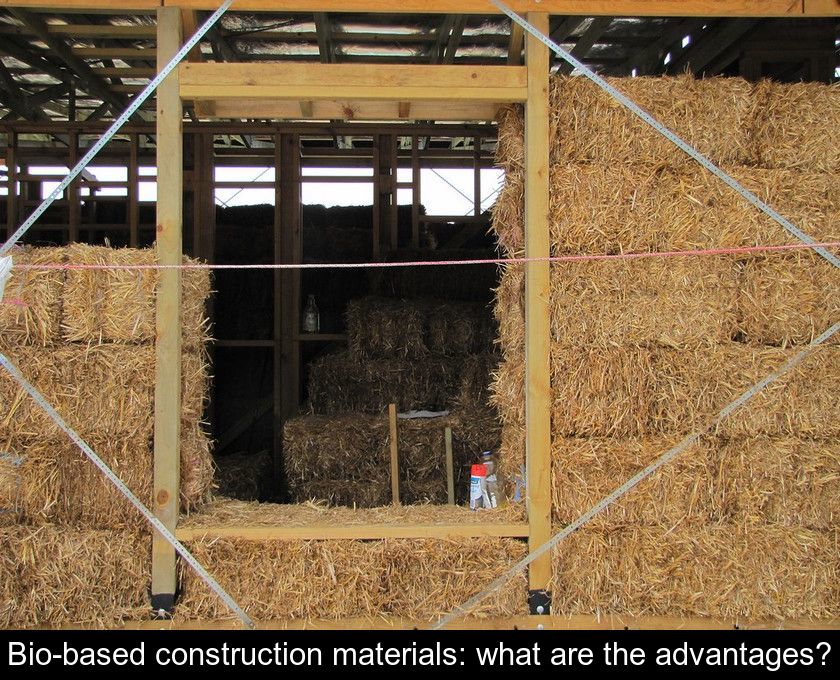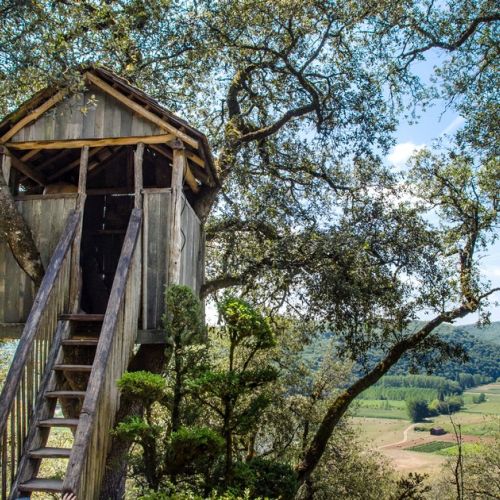Bio-based Construction Materials: What Are The Advantages?
The building, which is one of the most polluting sectors in France, is starting to use more environmentally friendly raw materials. Bio-based construction materials such as straw, hemp, or raw earth are gaining momentum. We have listed for you their various advantages in the building sector.
1- These are renewable materials.
Unlike other construction materials, biobased construction materials have the primary advantage of being made from renewable plant or animal raw materials.
This term encompasses various materials such as wood, wheat straw, recycled cotton, flax, cork, hemp, and cellulose wadding for plant-based materials, as well as sheep wool and duck feathers for animal-based materials.
Sometimes, geosourced materials such as raw earth and dry stones are also included under this name, as they are also natural and renewable materials.
2- They have a reduced environmental impact.
The construction sector is one of the most polluting and energy-intensive industries in France. It represents 43% of France's annual energy consumption and generates 23% of the country's greenhouse gas emissions.
The second advantage of bio-based building materials is that they make this sector greener through their reduced ecological footprint.
These materials are more environmentally friendly for various reasons:
- As we mentioned earlier, they are renewable and help preserve other natural resources.
- They contribute to CO2 storage when they are bio-based.
- Their manufacturing and processing require minimal energy.
3- They contribute to local economic development.
Bio-based construction materials have the additional advantage of being local materials that use local resources.
Their use in the building sector allows for reducing transportation distances and also creating or maintaining local jobs in rural areas.
4- They have multiple applications in the construction industry.
Except for wood, bio-based construction materials are still underutilized in the construction industry.
And yet, they have multiple applications in the field of eco-construction:
• as thermal insulation materials.
• as sound insulation materials.
• as building structure materials.
• as ingredients in the formulation of lightweight concrete (particularly for hemp).
• as ingredients in the formulation of certain paints and adhesives.
These naturally sourced materials are not only more environmentally friendly. Thanks to their characteristics, they also contribute to the comfort of housing occupants. They are appreciated for their thermal and acoustic insulation qualities, as well as their resistance to fire, fungi, and pests.
Despite the misconceptions that still circulate about these materials, they meet the requirements of technical performance imposed in the field of construction and building renovation.
They notably meet the objectives set by Law No. 2018-1021 of November 23, 2018, in Article 181, which states: "objectives of energy savings, limitation of carbon footprint through carbon storage from the atmosphere during the building's lifespan, use of materials from renewable resources, incorporation of recycled materials, use of renewable energy sources, and improvement of indoor air quality."
5- They are promised a bright future.
For all the reasons listed above, bio-based construction materials benefit from active support from the State. In order to promote buildings that use this type of bio-based products, a State label "bio-based building" was created in April 2012.
These growing materials also interest local authorities. In addition to decarbonizing the construction sector, they allow for the development of regional agricultural and industrial sectors.
As an example, the Hauts-de-France region is currently developing a sector around hemp concrete, a more ecological insulation material than fiberglass.





